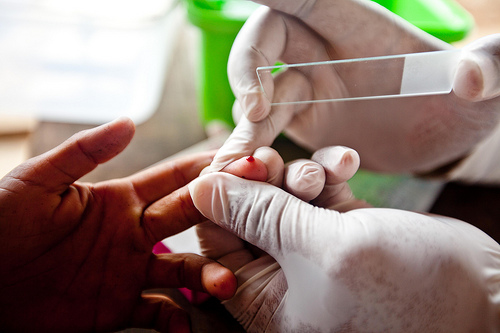I am glad for the journey we have
had together as we studied about malaria for the last three months. It has been
an enlightening moment for me and i believe it was the same for you the reader.
Today's blog will be the last one in which i plan to discuss more about the
nursing diagnosis that are most prioritized when attending to a sick patient
with malaria.
To start off the main focus for
our patient like we stated when i wrote about the symptoms is that they lack
appetite and may end up becoming anorexic. This mainly is due to nausea and
vomiting which is evident because they often throw up. This led me to
prioritize my first nursing diagnosis as follows:
- Imbalanced Nutrition Less Than Body Requirements related to inadequate food intake; anorexia; nausea / vomiting.
- Risk for infection related to decreased immune system; invasive procedure.
- Hyperthermia related to increased metabolism, dehydration, a direct effect on the hypothalamic circulation of germs.
- Impaired tissue perfusion related to a decrease in the cellular components needed for the delivery of oxygen and nutrients in the body.
- Knowledge deficient: the disease, prognosis and treatment needs related to lack of exposure / recall error interpretation of information, cognitive limitations.
Imbalanced
Nutrition Less Than Body Requirements related to inadequate food
intake; anorexia; nausea / vomiting
Related to
|
Plan and outcome
|
Nursing intervention
|
|
|
|
References
EHS: Nursing Diagnosis Care
Plans, 4/e - Nutrition, Altered: Less than Body Requirements - Starvation;
Weight Loss; Anorexia. (n.d.). Retrieved May 31, 2015, from
http://www1.us.elsevierhealth.com/MERLIN/Gulanick/archive/Constructor/gulanick36.html



